What are microphone pickup patterns, and why are they important?
Microphone pickup patterns help establish what a mic is for and how it should be used. Learn what the different types are called and which you should choose.

If you're creating professional content, you'll need to know the difference between microphone pickup patterns. Let's discuss the details today and learn which is right for your project.
We'll cover:
- What is a microphone pickup pattern?
- What are the three main microphone pickup patterns?
- Cardioid microphone pickup pattern
- Omnidirectional microphone pickup pattern
- Bidirectional microphone pickup pattern
- Are there other microphone pickup patterns?
- Hypercardioid microphone pickup pattern
- Supercardioid microphone pickup pattern
- Subcardioid microphone pickup pattern
- Lobal/Shotgun microphone pickup pattern
What is a microphone pickup pattern?
A microphone pickup pattern — also known as a polar pattern — is defined by how the mic reacts to sound coming from multiple directions.
Different microphones have different pickup patterns, meaning one mic with a certain pickup pattern will receive and interpret sound differently to another. Depending on what you're recording, a microphone's pickup pattern and placement can make or break your content.
Naturally, you can't see sound. That's why microphone pickup patterns are often visualized with illustrations, showing the area around a microphone in which it picks up sound. These can help you understand how the mic receives sound, and from which direction — look below for an example.
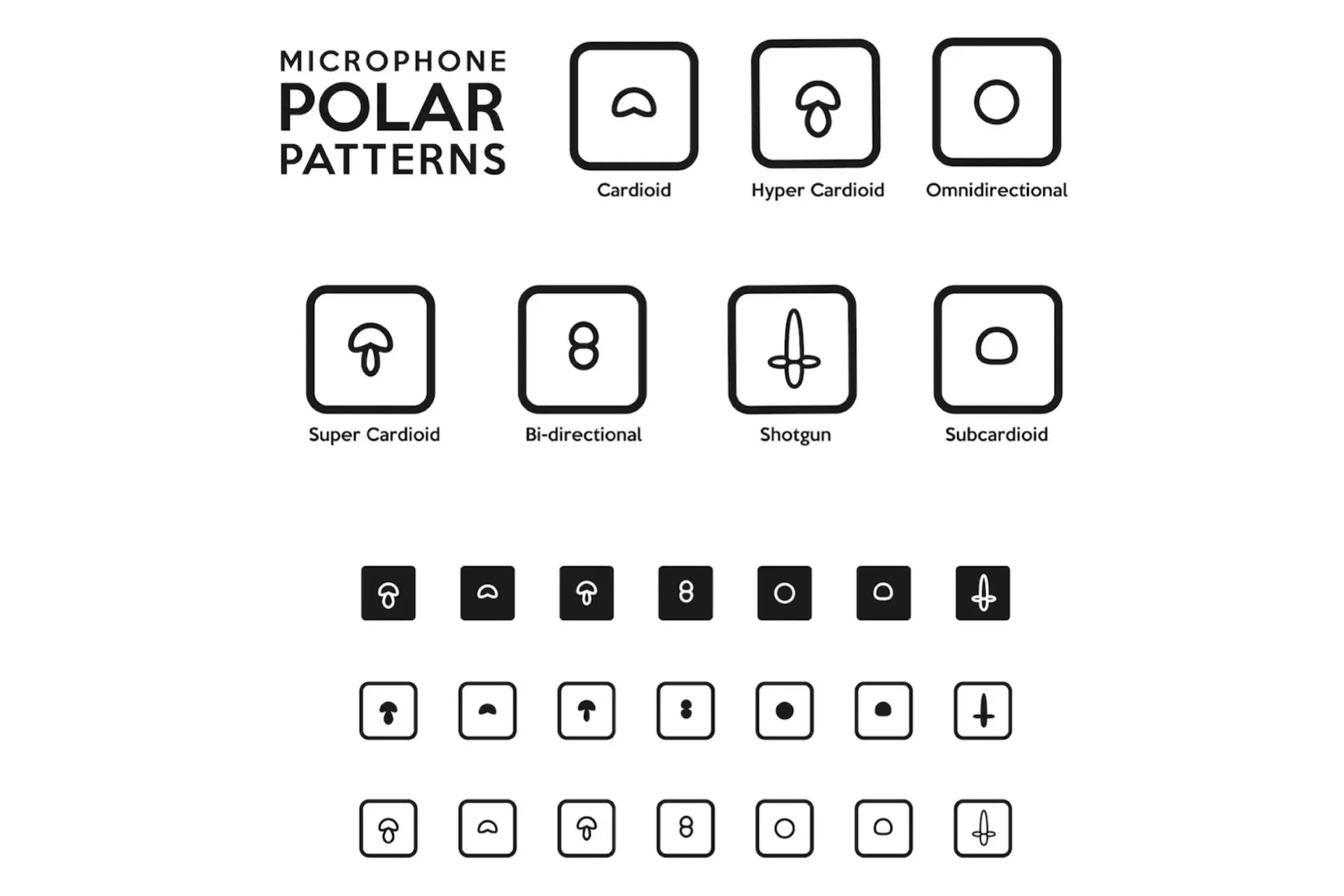
What are the three main microphone pickup patterns?
We're discussing seven microphone pickup patterns today, but first, let's concentrate on the three big dogs: cardioid, omnidirectional, and bidirectional.
Cardioid microphone pickup pattern
A cardioid microphone pickup pattern is one of the more common you'll find. They pick up sound in a heart-shaped pattern, stemming from the front of the microphone and fanning out to either side.
The front of the mic absorbs most of the sound, but it'll still scoop up audio from the side. The back of the mic doesn't pick anything up, unless someone's playing oppressively loud house music.
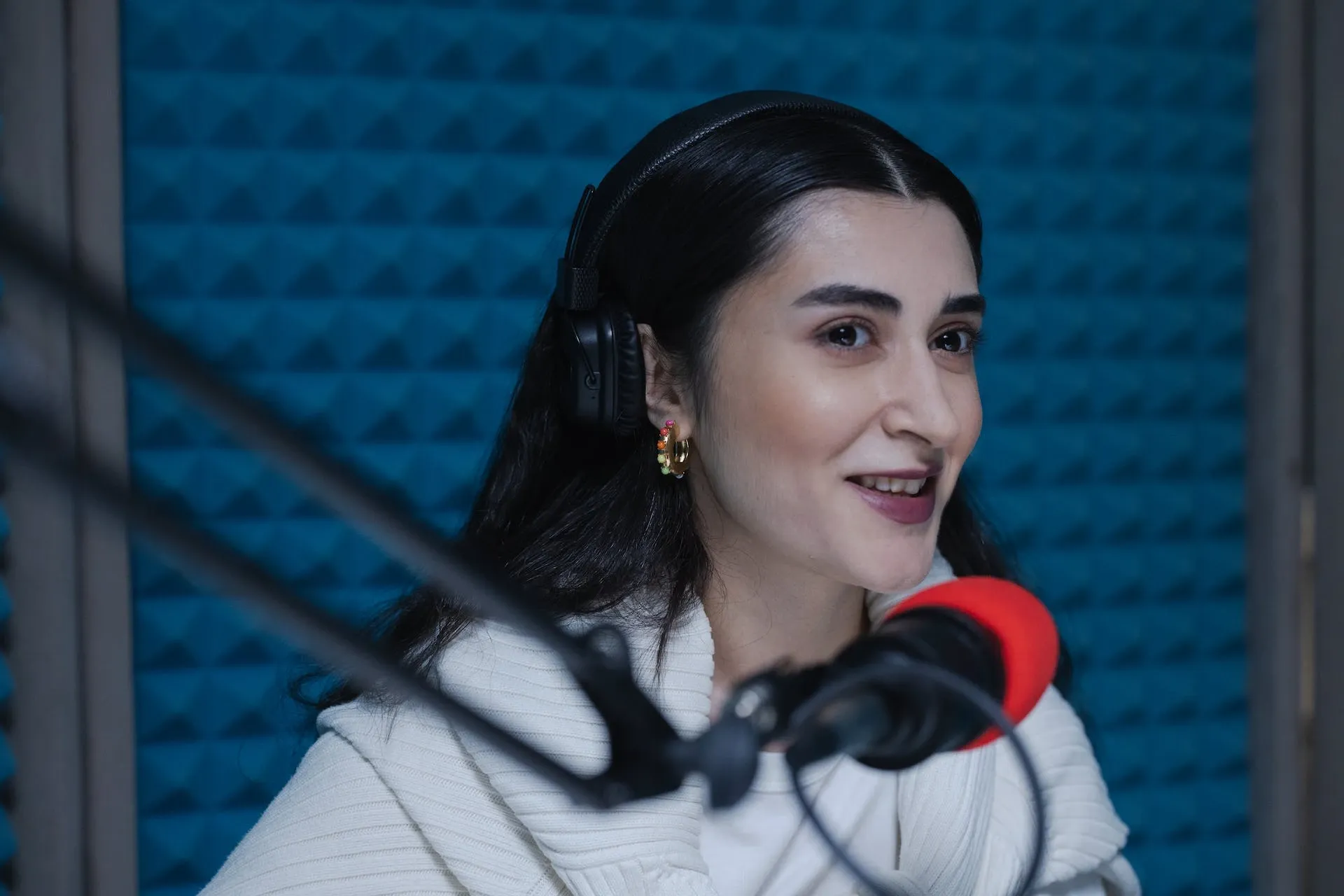
Cardioid mics are fairly versatile and don't suffer from much feedback. This makes them a popular all-round choice for close-quarters projects like recording podcasts and music, both live and in-studio.
However, if you're looking for something to use in an uncontrolled environment, a microphone with a cardioid pickup pattern might not be right for you — they can pick up a bit of background noise here and there.
Popular cardioid mics include models like the Shure SM7B and the Audio-Technica AT2020.
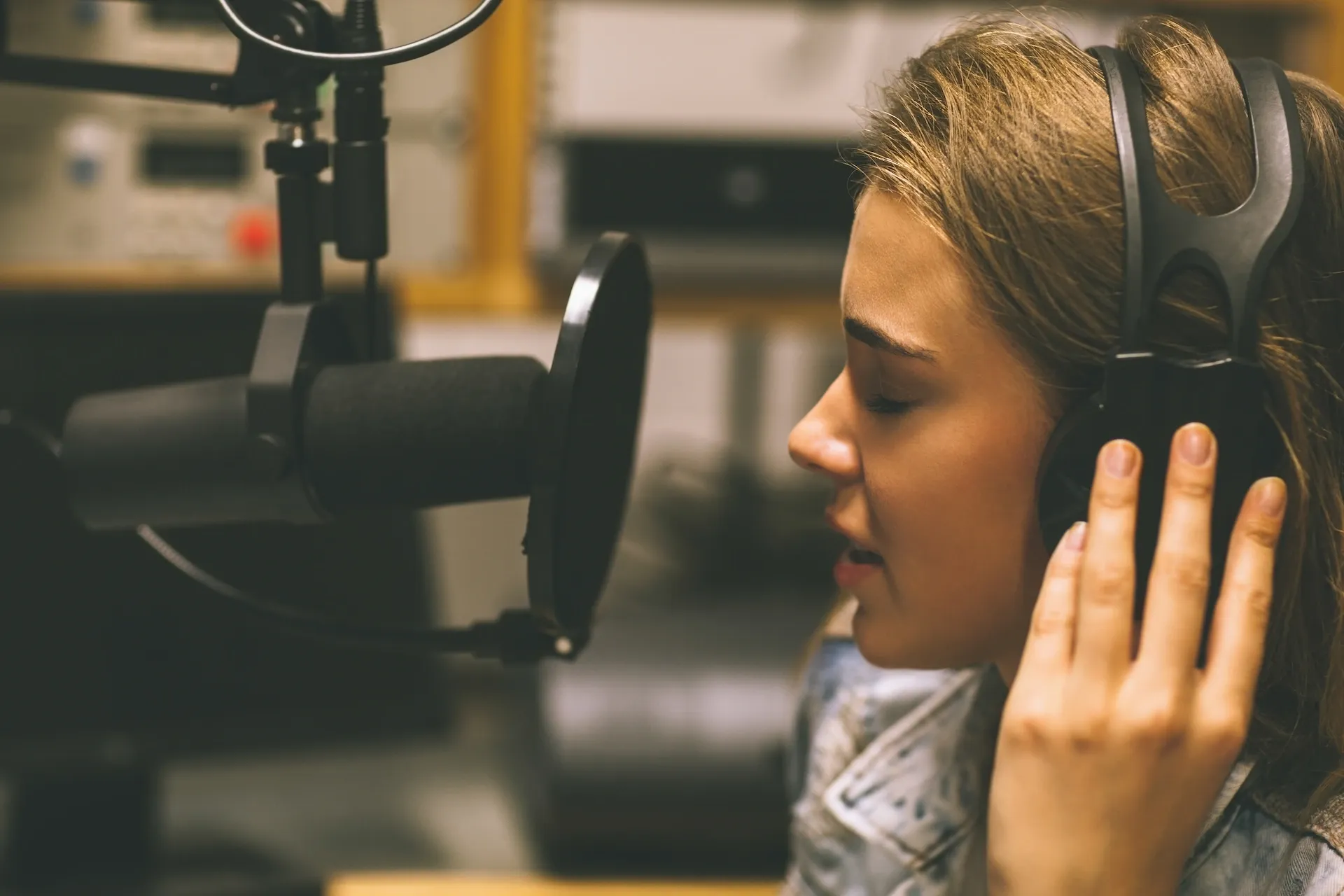
Omnidirectional microphone pickup pattern
Omnidirectional microphone pickup patterns are pretty different from cardioid, as they gather audio from a full, 360-degree angle. The range will differ from mic to mic, but an omnidirectional pattern loops around a microphone like a circle, meaning it'll pick up sounds from all sides in equal measure.
Given their no-stone-unturned function, microphones with omnidirectional pickup patterns are great for immersive, realistic content — think of capturing room noise or a tableside conversation. While this realistic pickup is a plus, it means these mics can be prone to feedback.
The most common mics with omnidirectional pickup patterns are lavalier microphones, as you can clip them to a subject's clothes and still hear their speech clearly. Some of the more popular omnidirectional microphones include the Røde smartLav+ and the Sennheiser MKE 2.
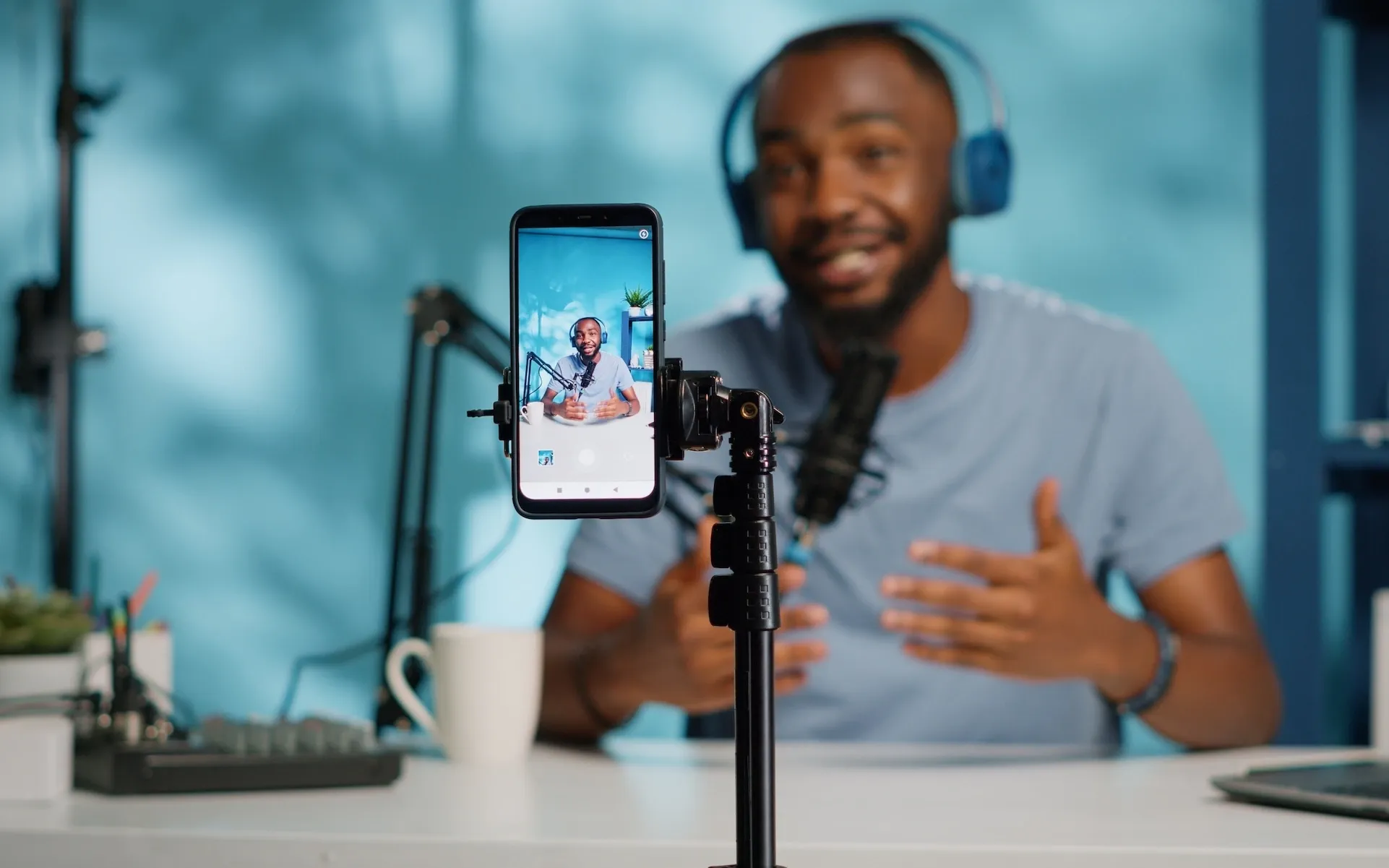
Bidirectional microphone pickup pattern
A bidirectional microphone pickup pattern looks a little like the number eight, which is why it's sometimes called a figure-eight pattern.
This funky-looking pattern isolates audio on the sides and records from the front and the rear, making it ideal for capturing two elements at the same time. Think of pairings like guitar and vocals, a podcaster interviewing a guest, a subject speaking with ambient noise in front of them, and so on.
You'll not often find these mics on film or TV sets, as they're not suited to those environments. Well-known microphones with bidirectional settings include the Logitech Blue Yeti and the Røde NTR.
Need high-quality sound effects and music to pair with your content? Don't sweat it. Check out our catalog of more than 50,000 tracks and 200,000 unique sound effects below.

Are there other microphone pickup patterns?
Now that we've gone through the three main microphone pickup patterns, let's discuss the others: hypercardioid, supercardioid, subcardioid, and lobal.
Hypercardioid microphone pickup pattern
Hypercardioid microphone pickup patterns zone in on what makes regular cardioids so appealing: they're extremely directional, honing in on a specific point toward the front of the mic and isolating more audio.
These mics are often used for vocal work, as they reject most sound coming from the sides — they can still pick up some noise from the rear, though. If you're looking for a hypercardioid microphone, consider something like the Audix D4.

Supercardioid microphone pickup pattern
Supercardioid microphone pickup patterns are similar to hypercardioids. If you want to split hairs, the main difference is the amount of noise captured from the back: supercardioids pick up less.
For projects where you need to isolate audio, you could do worse than a supercardioid microphone like the Sennheiser e 614.
Subcardioid microphone pickup pattern
We've discussed hypercardioid and supercardioid, but what's the deal with subcardioid microphone pickup patterns? Sometimes called wide pickup patterns, they provide a sweet spot between omnidirectional and cardioid mics. There's more sensitivity through the back while still displaying a wide pickup.
They're great for capturing groups of sounds at high proximity, but can suffer from feedback — check out the Microtech Gefell M 950 if you want a sturdy example of a subcardioid microphone.
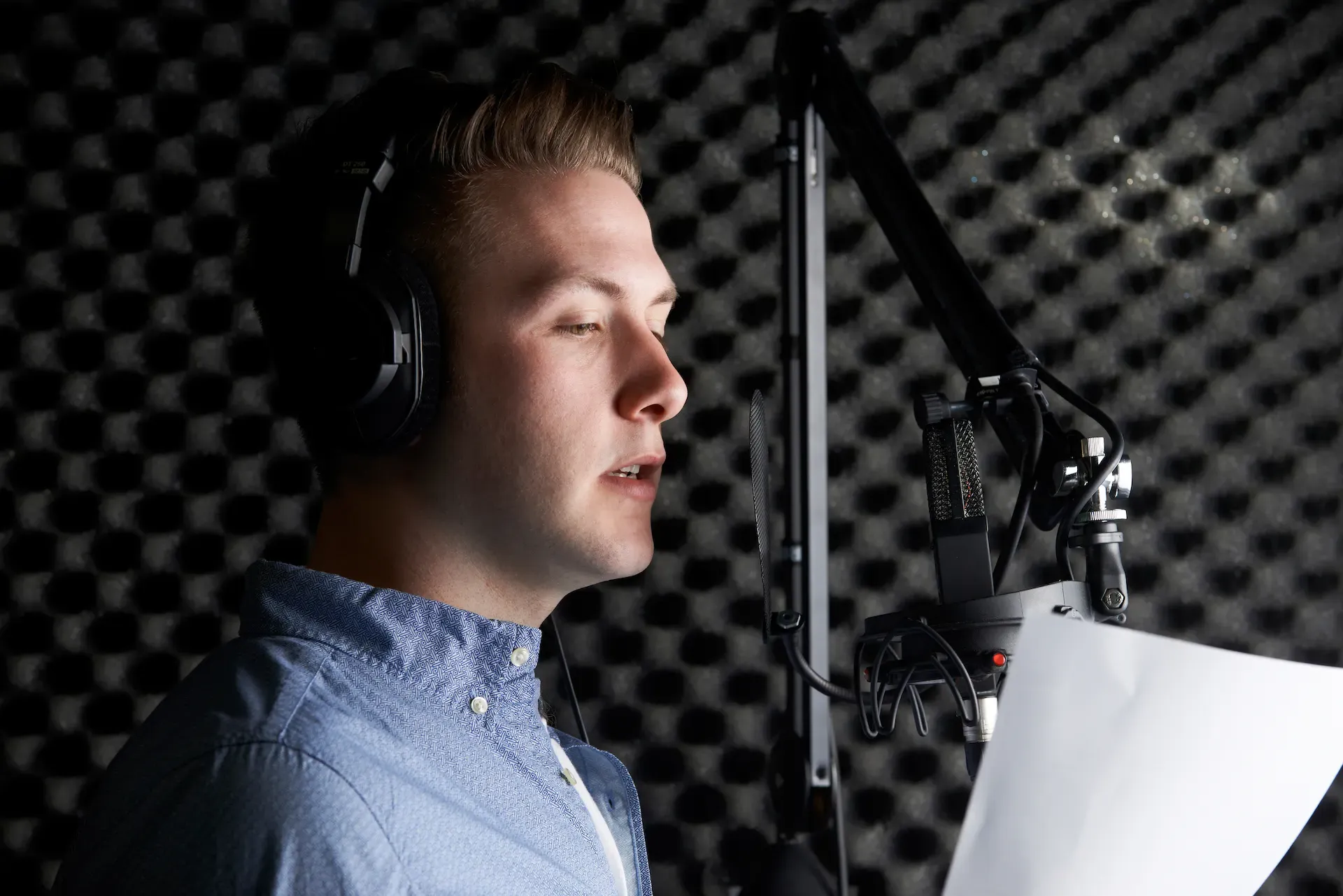
Lobal/shotgun microphone pickup pattern
Shotgun microphone pickup patterns are sometimes defined as their own 'thing,' but broadly speaking, they'd fall under the hypercardioid or supercardioid category.
However, some high-end shotgun mics may exhibit a lobar pickup pattern, which looks a little like a child's pacifier. It's close to being unidirectional, isolating as much audio as possible from the back and sides to focus on what's directly in front. That's why film crews often use shotgun microphones like the Sennheiser MKH 416-P48U3 for boom work.
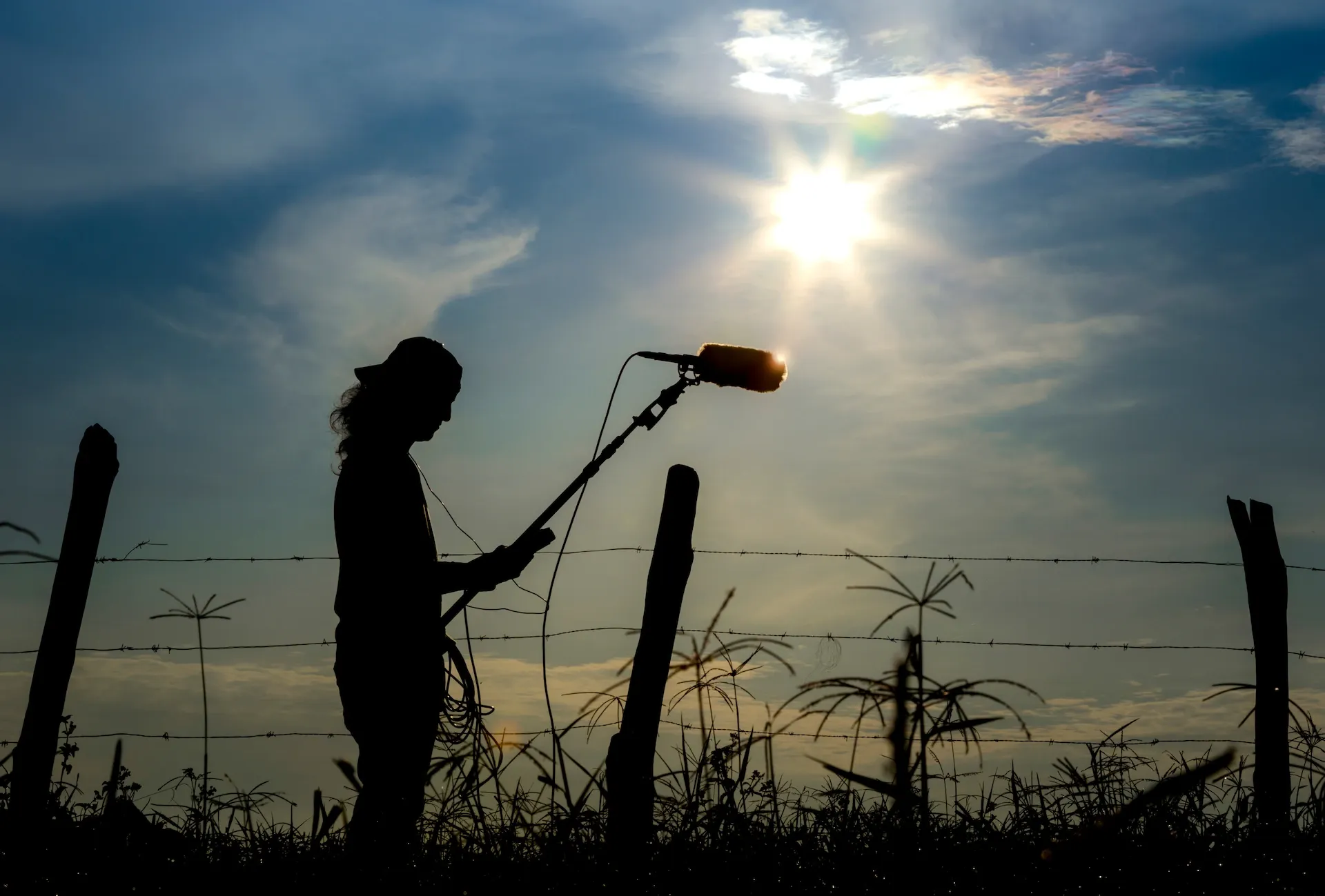
Now that you know what microphone pickup patterns are, the difference between them, and which are best for particular types of content, you can apply that knowledge to your next project. After all, bad sound kills good video — choosing the right microphone pickup pattern can make the difference.
And if you're serious about audio, you'll no doubt want a soundtrack to match. Check out our catalog and find the perfect fit today — we've more than 50,000 tracks and 200,000 unique sound effects to choose from.
Our catalog is high-quality, affordable, and safe. An Epidemic Sound subscription goes beyond royalty-free music, removing the headache of licensing and freeing you up to do what you do best. You can enjoy the safety of our license hand-in-hand with our massive catalog tracks, covering just about every genre you can think of. You’ll also gain unlimited access to our advanced search functions — finding the right sound’s never been easier.
It’s better than royalty-free. It’s worry-free. Get started with Epidemic Sound below.

Related posts:

